AO Edited
Gastro Obscura
The Eden Project
The largest greenhouse in the world is home to over one million types of plants.
As the millennium approached, the sleepy former mining town of St. Blazey needed a futuristic update. For 50 years, a clay mine on the edge of the English town had slowly been abandoned, until in the late 1990s when a new concept was proposed for the area called Project Eden.
A near-polar opposite to the crater left by the old mine, the Eden Project was designed as a massive greenhouse complex, consisting of two biomes bubbling off of the ground and reflecting both a tropical and Mediterranean climate.
After the deep depression left from the mine was filled in with thousands of tons of soil, construction began and the two largest greenhouses in the world were created over two and a half years. Inside the hexagonally-patterned biomes are over one million different plant species, each one reflecting the climates of their respective biomes. The Garden of Eden, according to the Bible, contained “every plant that is pleasant to the eye and good for food.”
The tropical biome features rubber plants, bananas, and bamboo stalks towering above visitors in the nearly four-acre dome. The Mediterranean biome is only 1.6 acres, but is similarly filled to capacity with olive plants and grapevines.
Along with stunning flora, cascading waterfalls, and footpaths wind past massive boulders and ponds and even a few statues can be found carefully placed around the Mediterranean biome. Although the greenhouses are the central attraction of the complex, the grounds of the Eden Project are also covered in temperate plants that can grow in an uncovered atmosphere.
Other than the floral attractions of Eden, an educational facility was constructed in 2005 called the Core, where the staff of the complex teaches environmental sustainability and works to improve human’s relationship with nature. The Med Kitchen Restaurant serves Mediterranean offerings on weekends starting midday.
A number of animal species can also be seen amongst the foliage of the tropical glasshouses (some harder to see than others) such as the colorful and wacky hairstyled roul-roul partridges native to South-East Asia, gecko and anole lizards, and treefrogs.
Visitors who want a truly fantastic experience should stay until night when the biomes emanate a futuristic and colorful glow.
Know Before You Go
The Eden Project is accessible by car, bus, and train from the Cornish town of St. Austell.
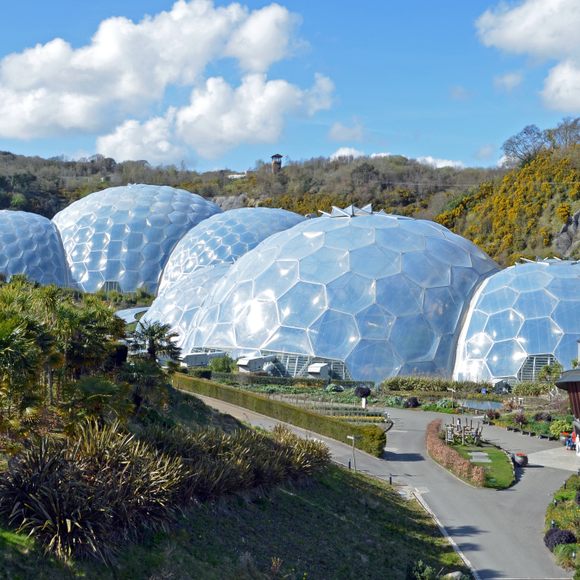






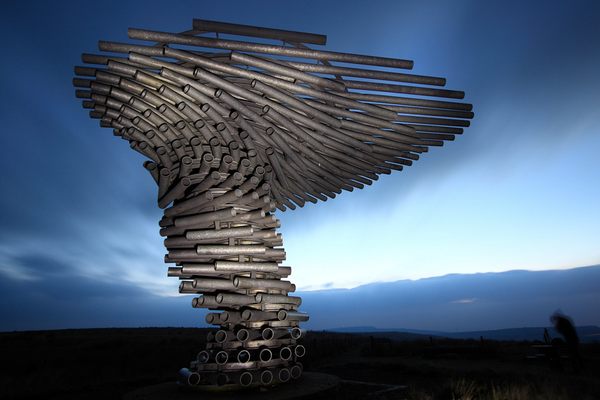














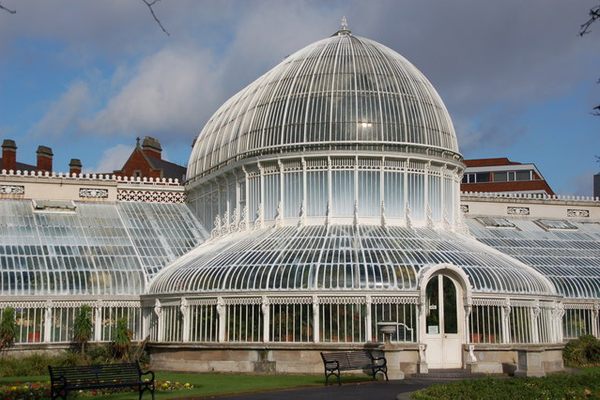

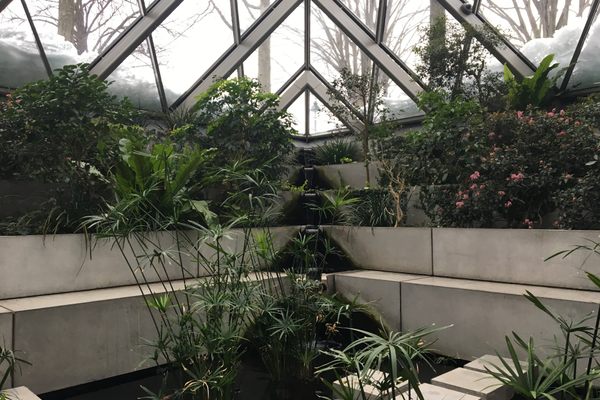
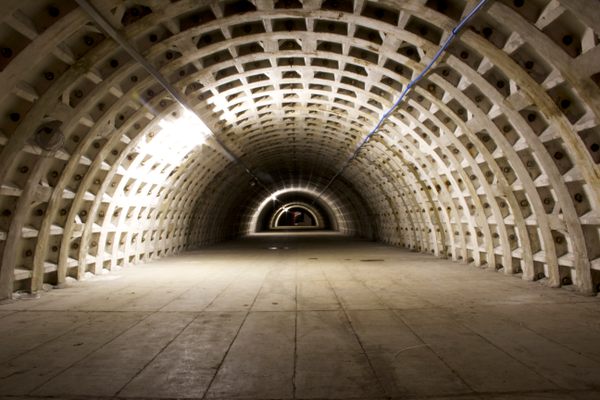

Follow us on Twitter to get the latest on the world's hidden wonders.
Like us on Facebook to get the latest on the world's hidden wonders.
Follow us on Twitter Like us on Facebook